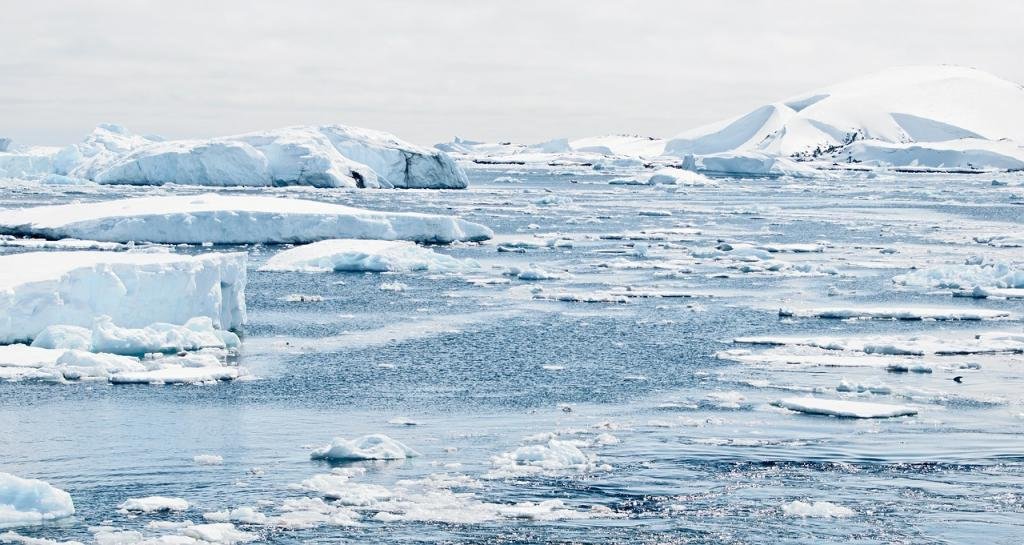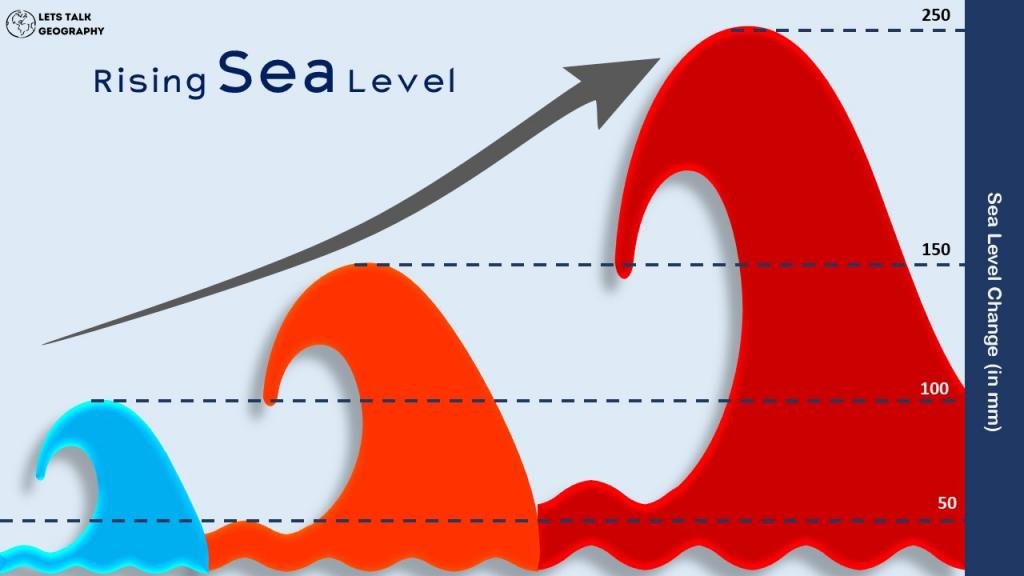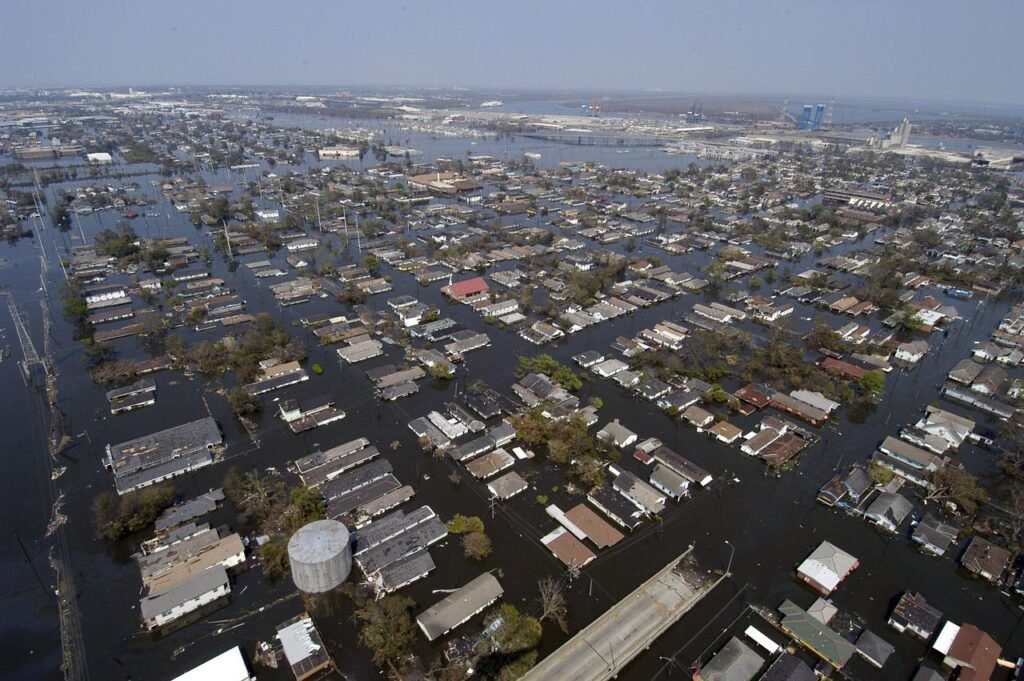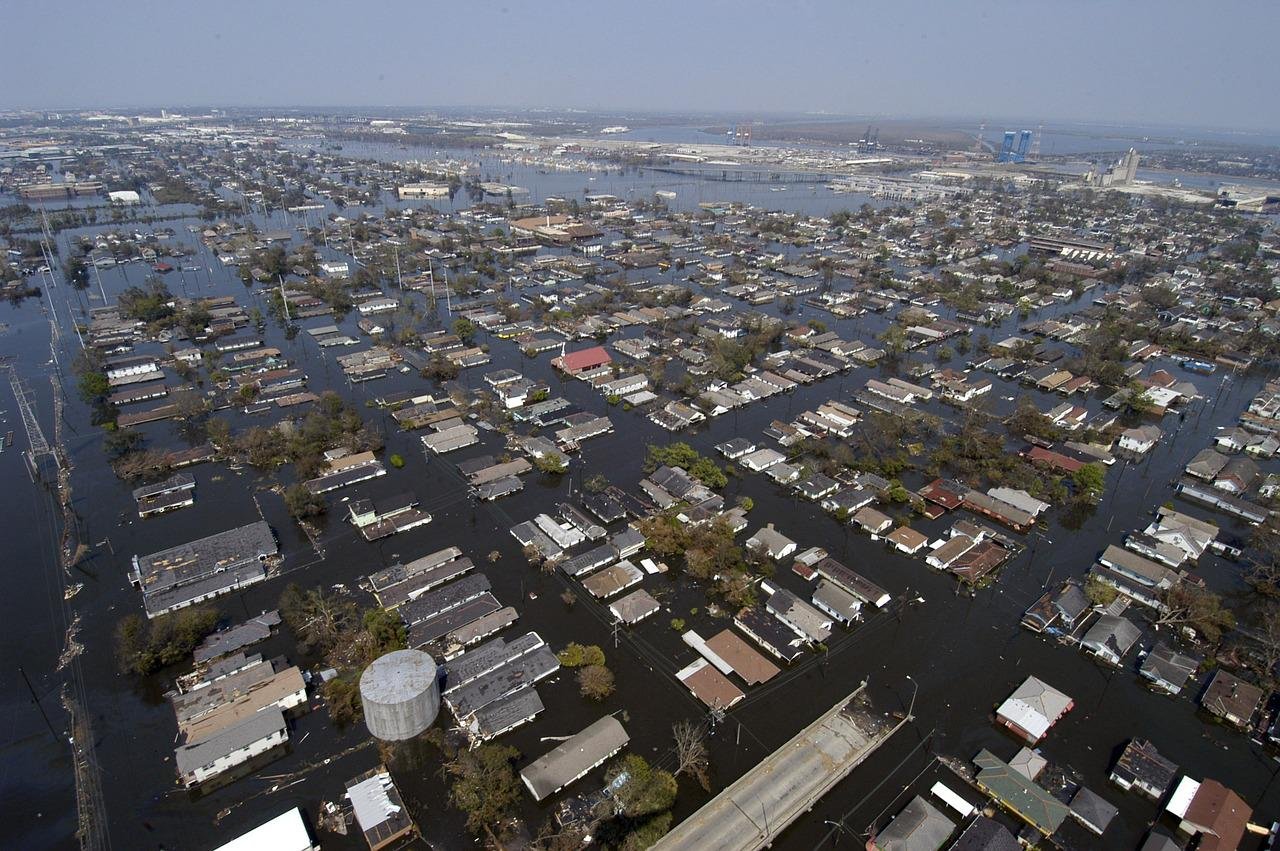It is widely accepted that sea levels are rising, but what does this mean for humans? There has been much research on the effects of climate change on the environment and its inhabitants, but how will sea level rise specifically impact humans?
This blog post will explore the reality of rising sea levels and address some of the ways it is already affecting us. It will also provide information on how to prepare for these changes to mitigate their impact. Although climate change is a global problem, we each have a role to play in mitigating its effects.
Rising sea levels are a global problem that affects us all. It can cause flooding, erosion, and displacement of people. As the climate changes, the Earth’s sea levels are rising at an alarming rate. Let’s take a closer look at what Causes Sea Levels to Rise and how it will affect our future. I hope this blog post provides some insight into what we can do as individuals to confront one of the most pressing issues of our time.

⫸ What are sea levels and why are they rising?
What are sea levels? Sea levels are the average height of the ocean’s surface. They are constantly changing due to a variety of factors, including tides, storms, and natural movements of the earth’s crust. One important factor that affects sea levels is climate change, which is caused by human activities like burning fossil fuels.
As emissions of greenhouse gases increase, they trap more heat in the atmosphere and cause the earth to warm up. This warming causes glaciers and ice caps to melt, which raises sea levels. It’s an important issue because rising seas can cause major problems for coastal communities and ecosystems.
According to the National Oceanic and Atmospheric Administration (NOAA), sea level is rising at an accelerated rate due to climate change. The year 2012 had the highest global average sea level on record, about eight inches higher than the average during the 20th century.
This increase is due to two main factors: thermal expansion of water as it warms, and melting of land ice, such as glaciers and polar ice sheets. Together, these have contributed to a rise in global sea level of about 3.2mm per year since 1993.

Climate change disproportionately affects low-lying coastal areas where sea levels are projected to continue to rise for centuries. As a result, coastal flooding will become more frequent and intense, eventually making some areas uninhabitable.
It is important to note that rising sea levels are not just a problem for the future – they are already causing major problems today. For example, in 2017, Hurricane Harvey caused devastating flooding in Houston, Texas, due to the combination of high sea levels and rainfall.
⫸ What are the 3 causes of rising sea levels?
Sea levels have been rising since 1900. Find out what is causing this trend and how it will continue to impact our world in the future! There are a few different causes of sea-level rise.
◉ One is melting ice, which can come from both glaciers and ice sheets. When this ice melts, it adds water to the ocean, causing the level to rise.
◉ Another cause is thermal expansion, which is when water expands as it gets warmer. This causes the volume of the ocean to increase, and therefore the level to rise.
◉ The third cause is changes in land water storage. This can happen when there is more rainfall in an area than usual, or when groundwater is being extracted faster than it can be replenished. This can cause the land to sink, and the water to run off into the ocean, raising the level.
All of these causes are related to climate change. Melting ice is caused by warmer temperatures, thermal expansion is caused by warmer water, and changes in land water storage are caused by changes in precipitation patterns. Climate change is, therefore, a major factor in sea-level rise.
There are other causes of rising sea levels that are not related to climate change. These include tectonic activity and subsidence (sinking of the land). However, these factors are thought to play a minor role compared to the effects of climate change.
In conclusion, the three main causes of sea-level rise are melting ice, thermal expansion, and changes in land water storage. All of these are related to climate change. There are also other minor causes, such as tectonic activity and subsidence, but these are thought to have a much smaller impact.
⫸ How do rising sea levels affect people and property values in coastal areas?
As the world’s oceans continue to warm and expand, and as glaciers and ice sheets melt, sea levels are rising at an alarming rate. This rise in sea level is not only a threat to coastal communities and ecosystems, but it also poses a serious threat to human populations.
As sea levels continue to rise, there are several potential impacts on coastal communities and property values. One of the most concerning effects of rising seas is the potential for increased flooding and erosion. This can damage homes, businesses, and other critical infrastructure, leading to costly repairs or even displacement.

Another concern is that rising seas can contaminate water supplies and damage ecosystems. For one, rising sea levels can cause destructive flooding. In addition, they can contaminate water supplies with salt, making them undrinkable. They can also damage infrastructure and homes, as well as erode beaches and wetlands. This can have a ripple effect on local economies and quality of life.
As sea levels continue to increase, it’s important to be aware of these risks and take steps to prepare for them. Communities that are located in vulnerable areas should consider flood mitigation measures, such as elevating buildings or creating storm-water management systems.
It’s also important to consider the long-term effects of rising seas. As property values in coastal areas decline, this can lead to a decrease in tax revenue and an increase in debt for local governments. This, in turn, can harm the overall economy. So, while rising seas may not seem like an immediate threat, they can have a significant impact on people and property values in coastal areas.
If you live in a coastal area or are considering buying property there, it’s important to be aware of the risks associated with rising sea levels. By taking steps to prepare for the potential impacts of climate change, you can help protect your property and your community.
So, it can be concluded as the rising sea levels result is as follows:
◉ Cities at risk for displacement and loss of property and livelihood
◉ Disproportionate loss and damage in low-income countries and communities
◉ Climate refugees
◉ Increased coastal flooding and erosion
◉ Salination of drinking water
◉ Tsunamis, hurricanes, and typhoons are more likely and more destructive.
⫸ What can we do to prepare for or mitigate the effects of rising sea levels on our communities and homes?
As sea levels rise, it becomes increasingly important that we take steps to mitigate the effects of this environmental change. Communities and homes near the coast are at risk of being flooded, resulting in damage and loss of property.
There are several ways we can work together to reduce these risks and to protect our homes and families from the potentially devastating effects of rising sea levels. These are as follows,
◉ By raising our homes above predicted flood levels,
◉ Building levees or seawalls,
◉ Creating wetlands and buffers around our neighborhoods,
◉ Improving our understanding of the problem
◉ Educating people about the dangers of rising sea levels
◉ Encouraging implementation of adaptive measures
◉ Supporting research and development of new technologies
◉ Promoting sustainable development practices
⫸ Are there any solutions that don't involve costly adaptation measures or mass relocations of people?
As the global temperatures increase, so does the sea level. The United Nations Intergovernmental Panel on Climate Change (IPCC) reports that the sea level has risen about 8 inches since 1880 and is projected to rise another 1 to 4 feet by 2100.
As the effects of climate change become more and more evident, it is clear that we must take action to adapt to the changing environment. One of the most pressing issues we face is rising sea levels. Coastal communities around the world are already feeling the impacts of this, and it is only going to get worse in the future.
While many potential adaptation measures can be taken, it is important to consider which ones will be the most cost-effective to make the best use of limited resources.
◉ Some people advocate for mass relocations of people to save them from the rising waters.
◉ Others suggest adaptation measures such as building seawalls or elevating roads and homes.
◉ There is another solution that doesn’t involve costly adaptation measures or massive relocations: Sea level rising can be stopped by slowing down global warming. The more we can do to reduce our emissions, the less sea level will rise, and the more time we will have to find a permanent solution.
⫸ What is the future of sea-level rise and how will it impact coastal communities?
Coastal communities are facing the imminent threat of sea-level rise. The future of our coasts and the people who live there depends on understanding and preparing for this phenomenon.
Sea Level Rising is an interactive data visualization that helps give these communities the information they need to make informed decisions about the future. By allowing users to explore different scenarios and predict what could happen in their backyard, Sea Level Rising empowers people to take charge of their coastal destiny.
Our report provides data-driven analysis on how different levels of sea-level rise will impact coastal communities and offers recommendations to help these communities plan for a rising tide.
⫸ Can anything be done to stop or slow down the process of sea-level rise?
As the Earth’s climate continues to change, we are seeing an increase in sea-level rise. This rise in sea level can have a devastating impact on coastal communities and ecosystems.
To try and stop or slow down this process, scientists are looking into various methods of slowing or stopping the melting of glaciers and polar ice caps. However, these efforts are expensive and may not be enough to prevent a significant sea-level rise in the future.
There are several ways that we can try to stop or slow down the process of rising sea levels. Some of these methods include:
◉ Improving our understanding of the causes of sea-level rise
◉ Cutting down on greenhouse gas emissions
◉ Enhancing coastal defenses
◉ Adapting to rising sea levels
We must act quickly to implement these solutions if we want to mitigate the effects of rising sea levels. Sea-level rise will have serious consequences for our planet, so we must take action now.
⫸ Conclusion:
In short, rising sea levels present a major threat to both the environment and human populations. It is important that we all understand the reality of rising sea levels and what it will mean for our communities. Coastal residents are already feeling the effects of sea-level rise in the form of increased flooding, erosion, and saltwater intrusion.
These problems are only going to get worse in the future as sea levels continue to rise at an alarming rate. While costly adaptation measures may be necessary in some cases, some solutions don’t involve massive relocations or huge financial investments. We need to start planning for these challenges now so that we can minimize the impact on coastal residents and their homes.
Please let us know your thoughts and concerns about this critical issue. Together, we can find solutions that work for everyone. 😊





